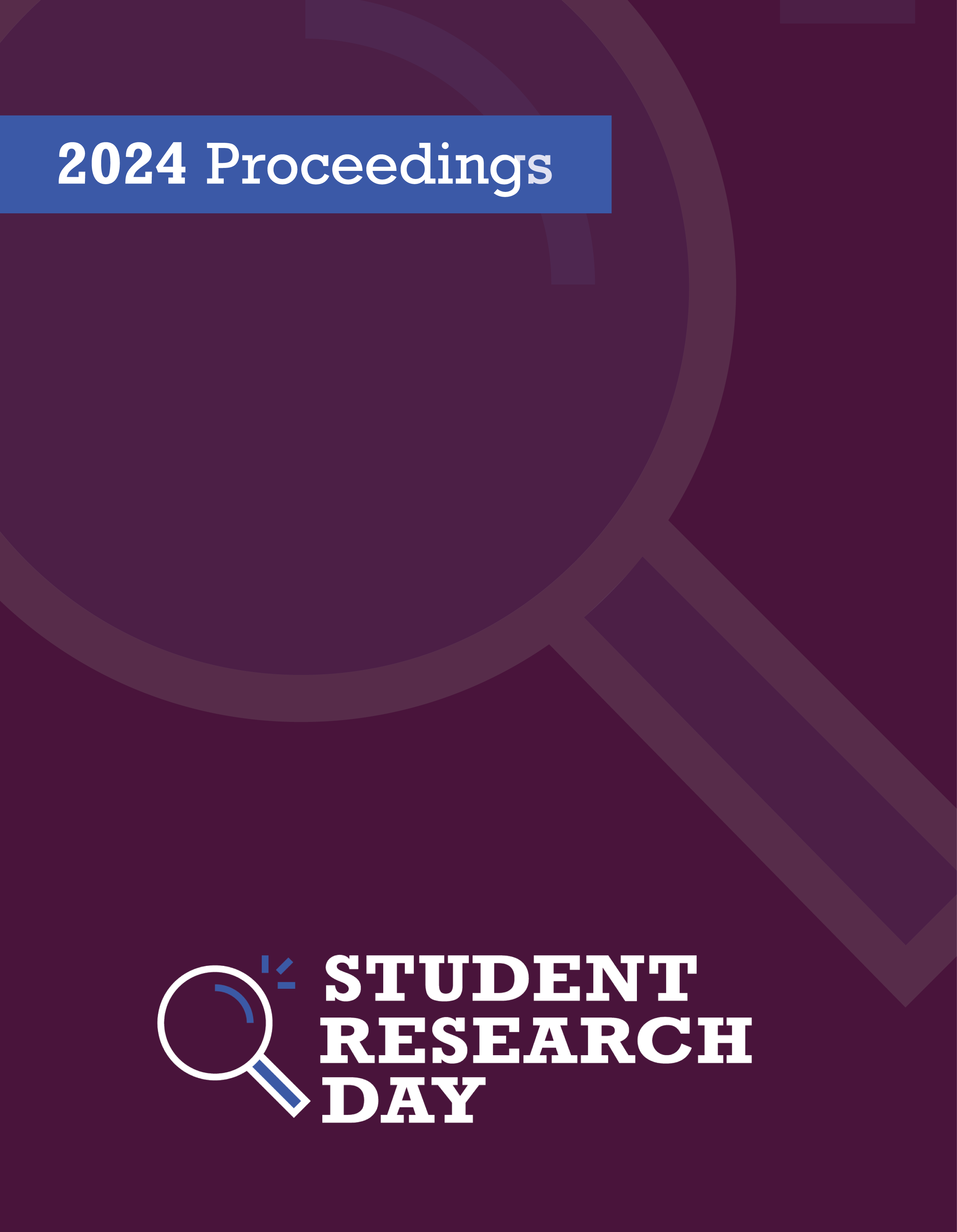Exploring Weed Extracts for Beta-Glucosidase Inhibitors: Screening Secondary Metabolites Through Soxhlet Extraction and TLC Bioautography
Abstract
Plants have long been utilized for their medicinal properties. However, the therapeutic potential of common weed species is often disregarded. Due to their abundance and adaptability to different environments, these plants tend to grow everywhere, including locations where they are unwanted such as the beloved ornamental lawn; this leads to weeds being viewed as a nuisance rather than something that can be utilized for discovery. Within this study, the chemical composition and potential therapeutic properties of various weed species found in Alberta are explored specifically for beta-glucosidase inhibition. The plants were air-dried and ground, then sequentially subjected to Soxhlet extraction using methanol, ethyl acetate, and hexane solvents. Extracts were screened using bioautography to detect beta-glucosidase inhibition. Bioautography combines thin-layer chromatography (TLC) with a colorimetric enzymatic assay that reveals enzymatic activity. Following the separation of potential compounds, the plate is allowed to dry and then sprayed with a substrate (6-Bromo-2napthyl-β-D–glucopyranoside) and fast blue B solution; then subsequently sprayed with beta-glucosidase, the plate is then incubated at 37°C for 10-20 mins and observed for inhibition presented as a colourless spot. The discovery of novel biochemicals that serve as beta-glucosidase inhibitors can pave the way for the development towards treating various diseases associated with beta-glucosidase activity, including diabetes, HIV (Human Immunodeficiency Virus), cancers, and lysosomal storage disorders. Inhibition was clearly detected in the sow thistle hexane extracts with the presence of three different compounds, the other plants with suspected inhibition include, but are not limited to woolly burdock, purple loosestrife, and Japanese knotweed, however, further testing would need to be done as the inhibition remains unclear.
Faculty Mentor: Dr. Tina Bott
Downloads
Published
Issue
Section
License
Authors retain any and all existing copyright to works contributed to these proceedings.



